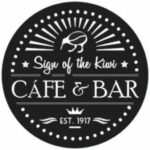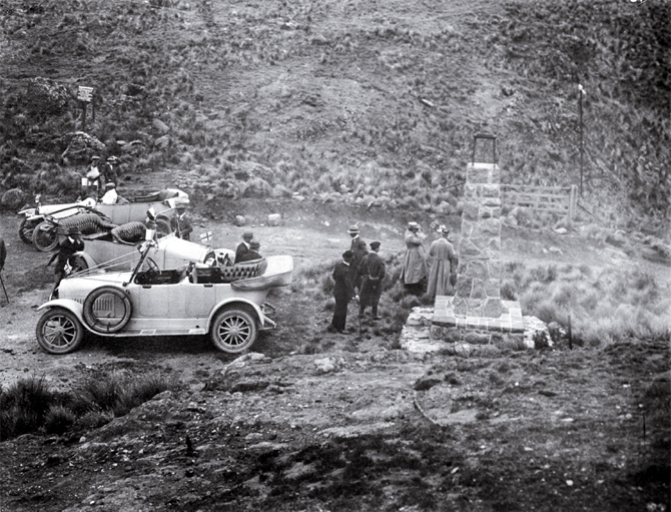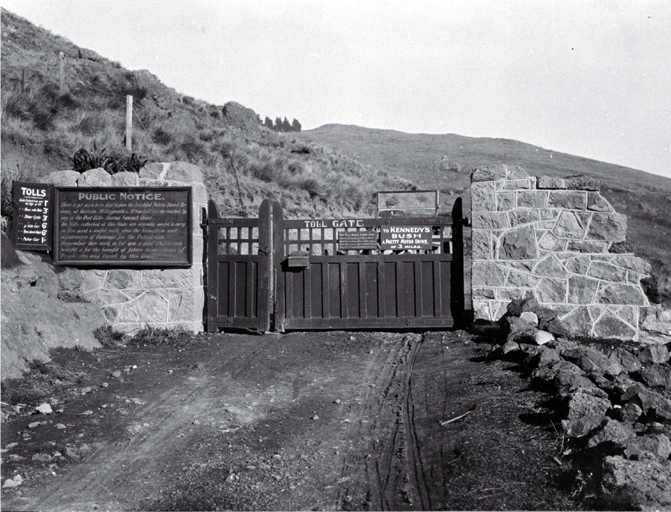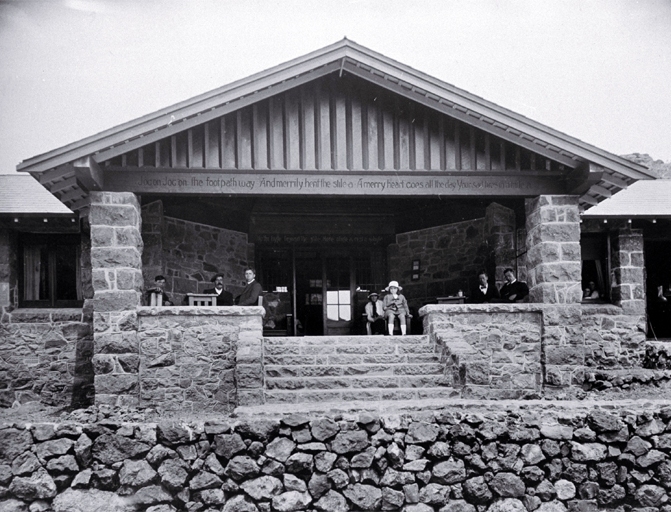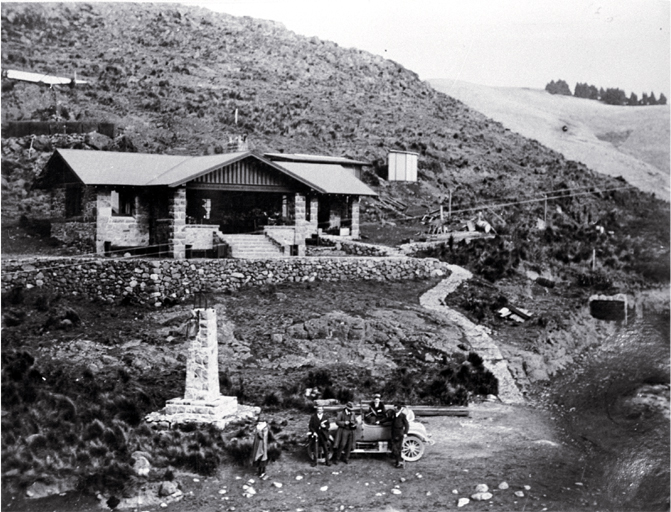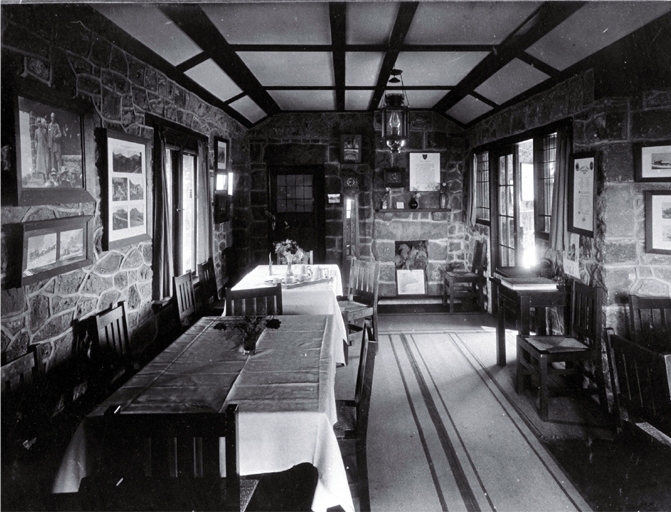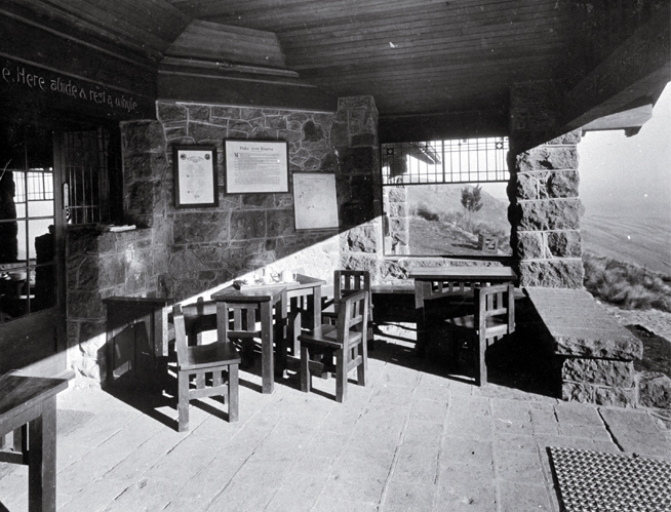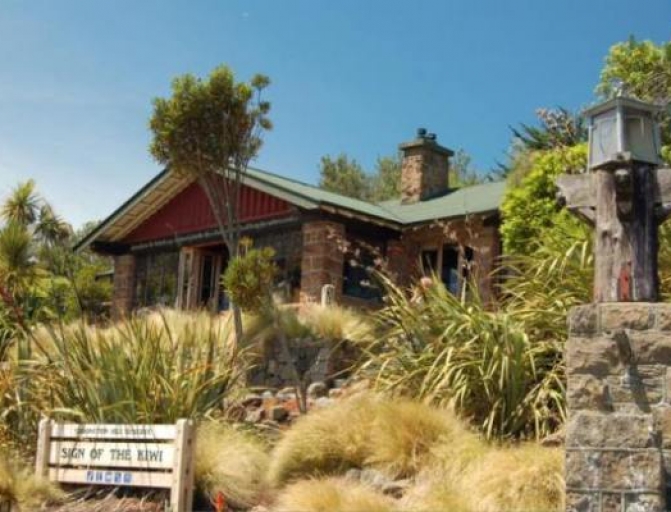History of The Sign of the Kiwi
The Sign of the Kiwi was designed by architect Samuel Hurst Seager who also designed two other smaller rest houses, the Sign of the Packhorse (1916-1917) and the Sign of the Bellbird (1914). Seager was a major proponent of the arts and crafts style and the Sign of the Kiwi reflects this stylistic convention. An important landmark on the crest of the Port Hills, the design of the Kiwi strives to blend into the setting of the natural environment, a design philosophy in keeping with the principles of the arts and crafts movement.
Registration and restoration
In 1989 the Sign of the Kiwi was registered by Heritage New Zealand as a Category I historic place. It underwent a restoration programme that saw the interior returned to Seager’s original architectural and aesthetic intent and its original function as a teahouse.
After the earthquakes
Following the earthquakes, both buildings suffered some damage and remain closed.
On 12 September 2013 the city council approved permanently repairing and strengthening the Sign of the Takahe to 67 per cent of the New Building Standard. On 3 March 2016 the city council announced that repair and restoration work on the Sign of the Kiwi would begin later that month. The Sign of the Kiwi was completed in Janaury 2017 for re-opening on the 23rd January 2017
